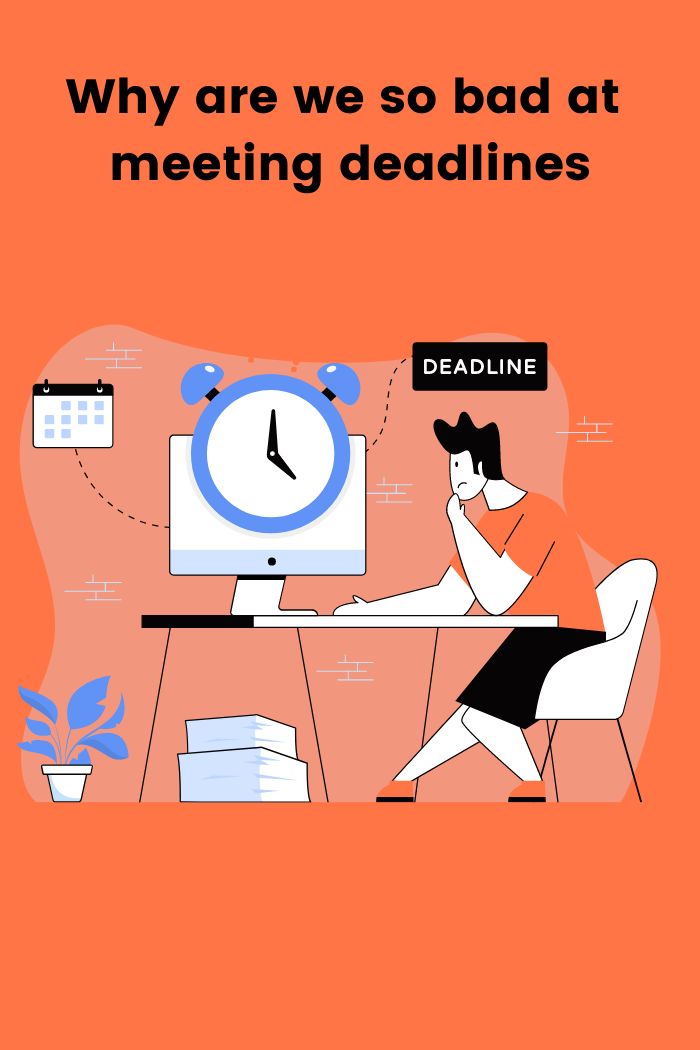Why are we so bad at meeting deadlines

Parent Post
Most of us are
Most of us are optimists, which might make us better company at the dinner table, but it means we are lousy at predicting the future.
A case in point is the famous Sydney Opera House, which was commissioned in 1957 with an expected completion date of 1963 and a budget of $7 million Australian dollars.
The building wasn’t finished until 1973, and only after the most ambitious versions of the plan had been scaled back, for a final cost of $102 million.
We underestimate the amount of time a project will require. If it’s a project that has a budget, we underestimate the expense as well.
There is a way
There is a way to overcome and mitigate the planning fallacy.
In an experiment, different groups of students completed a one-hour computer tutorial at some point before a one- or two-week deadline. They predicted when they would finish the assignment, but here the researchers inserted a variable.
Some of the students were prompted to think about past assignments they had completed similar to this one and apply that knowledge to their prediction. Unfortunately, the control group was given no such instructions.
The results were remarkable.Although
The results were remarkable.
Although the control group exhibited the same optimistic bias as the students in the first experiment, that bias almost disappeared among the students who were prompted to forge a connection between their past experiences and the current assignment.
They predicted it would take them an average of seven days to complete the tutorial. The actual average: seven days.
The planning fallacy is
The planning fallacy is the tendency to seize upon the most optimistic timetable for completing a project and ignore inconvenient information that might make you revise that prediction.
People are stubborn about these conclusions even when presented with evidence of how they’ve been wrong in the past.
Although people are aware that most of their previous predictions were overly optimistic, they believe that their current forecasts are realistic.
When it comes time
When it comes time for you to build your own Sydney opera house, ignore what you wish were true. Use the past to make your schedule.
Keep your eye on the calendar—and then watch those flowers bloom.
The problem with our
The problem with our predictions is that we treat each task like it’s a novel problem.
We construct a story about how we will complete our work but ignore evidence from similar projects we or other people have done in the past.

